Britain’s inflation problem
Inflation in the UK appears to be remaining higher for longer when compared with similar rich countries. Why? And when can we expect a return to normal? Simon Wilson reports.

Another month, another set of painful UK inflation statistics that were worse than analysts had predicted. The consensus view of economists polled by Reuters had been that inflation would fall a little in May to 8.4%. Instead, when the latest Consumer Price Index (CPI) figure was published last week, it showed the UK’s ominously sticky inflation rate was unchanged on the previous month at 8.7%. Even more worrying was the latest figure on “core” inflation, which strips out volatile components that the Bank of England can’t do much to influence, principally food and energy costs. For the second month in a row, core inflation rose unexpectedly in May – from 6.8% to 7.1%, the highest rate for more than 30 years. Analysts had expected no change. There were crumbs of comfort, but only crumbs. Food-price inflation was 18.3%, marginally lower than 19.2% the previous month. And a lower rise in the cost of goods leaving factories (of 2.9%, from 5.2% previously) could be a sign of easing pressures at the top of the supply chain.
Is UK inflation an outlier?
Not completely. Ten European Union countries (mostly in Eastern Europe and the Baltics) currently have higher CPI inflation rates, and among the larger EU economies, Italy’s is only a bit lower (it was 8% in May, and has eased to 6.7% in June, according to figures released this week). But judged alongside similar big economies, Britain is absolutely an outlier. It has the highest rate of the G7 economies, and the highest rate in western Europe. In the US, inflation fell from 5% in April to 4.1% in May – less than half the UK rate. In the eurozone as a whole, it eased from 7.0% to 6.1%. When it comes to core inflation, too, Britain is the exception in still seeing a rise. In the US and the eurozone, that metric has been easing, down to 5.3% in May in both places.
What’s going on?
The basic problem is that the UK has “endured the worst of both worlds”, says Ruth Gregory in a Capital Economics research note. It has suffered a big energy shock, like the rest of Europe, and also labour shortages (even worse than those in the US). When it comes to wholesale energy prices, the leap since the pandemic, made worse by the war in Ukraine, affected the eurozone and the UK far more than the US. Most European governments intervened in markets to help households and businesses weather the storm – and several capped prices earlier and by more than in the UK. Meanwhile, the UK regulator’s unusual price-capping mechanism means that recent falls in wholesale prices have taken longer to feed into consumer bills. Changes come in big chunks, rather than smoothly and steadily. Some economists think that once the impact of energy prices drops out of the year- on-year figures – over the next couple of months – overall inflation will fall sharply and reconverge with other big economies.
MoneyWeek
Subscribe to MoneyWeek today and get your first six magazine issues absolutely FREE

Sign up to Money Morning
Don't miss the latest investment and personal finances news, market analysis, plus money-saving tips with our free twice-daily newsletter
Don't miss the latest investment and personal finances news, market analysis, plus money-saving tips with our free twice-daily newsletter
What about labour markets?
One of the reasons core inflation is rising in the UK (but no longer in the US or eurozone) is that its labour market is tighter, and higher wage growth is supporting higher CPI inflation, especially in services. According to data from Refinitiv, annual wage growth has risen to 7.2% in the UK, and 5.2% in the eurozone. In the US, it peaked at 5.7% and has since eased to 5.2%. That means wages are still rising more slowly than the headline inflation rate: they are falling marginally in real terms, making talk of a “wage-price spiral” premature. But UK workers have more leverage to negotiate higher rises than in similar big economies, due to the “bigger and more persistent shortfall in the supply of labour” post-pandemic, says Gregory. Part of that is due to Brexit and part is due to long NHS waiting lists, which are contributing to inactivity due to long-term sickness.
Are UK policymakers to blame?
It’s ever clearer that the answer is yes, says The Economist. Core inflation has proved stubborn in many countries, and across the rich world many governments have added fuel to the fire by running budget deficits of a scale typically seen during deep slumps. But Britain’s problem is especially acute – not just thanks to the weaker supply side on labour, but also to overly loose fiscal and monetary policy. On the former, the UK stands out for the generosity of its support during Covid and the energy crisis. Combining the two (using data from the IMF and the Bruegel think tank), Britain heavily outspent its peers: 23.1% of national income, compared with 13.3% in France, for example. On monetary policy it is clear that, with hindsight, the Bank of England’s tightening cycle – from historic lows of 0.1% – was begun too late (in late 2021) and was too cautious. The insistence of the Bank’s governor, Andrew Bailey, that inflation would prove transitory proved wide of the mark, raising doubts about the Bank’s credibility and modelling – and limiting its policy options.
Where will inflation go from here?
A key moment will be the July CPI figures released in late August; the first to factor in lower consumer energy prices from July. The likelihood is that we are currently at “peak panic”, says Jeremy Warner in The Telegraph. Yes, inflation is proving stickier than most other big economies, but it will fall sharply soon and should be back close to target by the middle of next year. “It will be greatly helped in this regard by a resurgent pound, one of the consequences of higher interest rates.” This rapid slowdown in inflation will probably be accompanied by a recession, but one that’s “more of the long shallow variety than the deep contractions of the financial crisis and the pandemic. In this regard, we’ll be in much the same boat as the rest of Europe”. Capital Economics predicts UK inflation will remain higher than the US and eurozone until the third quarter of 2024, by which time the rate will be under 3% in all three places. This will, however, “require a recession”, and the upside risk to interest rates “is greater in the UK than elsewhere”.
Get the latest financial news, insights and expert analysis from our award-winning MoneyWeek team, to help you understand what really matters when it comes to your finances.
Simon Wilson’s first career was in book publishing, as an economics editor at Routledge, and as a publisher of non-fiction at Random House, specialising in popular business and management books. While there, he published Customers.com, a bestselling classic of the early days of e-commerce, and The Money or Your Life: Reuniting Work and Joy, an inspirational book that helped inspire its publisher towards a post-corporate, portfolio life.
Since 2001, he has been a writer for MoneyWeek, a financial copywriter, and a long-time contributing editor at The Week. Simon also works as an actor and corporate trainer; current and past clients include investment banks, the Bank of England, the UK government, several Magic Circle law firms and all of the Big Four accountancy firms. He has a degree in languages (German and Spanish) and social and political sciences from the University of Cambridge.
-
 ‘Why I have ditched my Help to Buy ISA for cash savings and the stock market’
‘Why I have ditched my Help to Buy ISA for cash savings and the stock market’Without the 25% bonus, my Help to Buy ISA is effectively redundant, says MoneyWeek writer Sam Walker.
-
 Is your inheritance tax allowance cut if you sell to downsize or sell your home to pay for care?
Is your inheritance tax allowance cut if you sell to downsize or sell your home to pay for care?Downsizing relief is a little-known benefit that could save your loved ones tens of thousands of pounds in inheritance tax after you’ve died.
-
 No peace dividend in Trump's Ukraine plan
No peace dividend in Trump's Ukraine planOpinion An end to fighting in Ukraine will hurt defence shares in the short term, but the boom is likely to continue given US isolationism, says Matthew Lynn
-
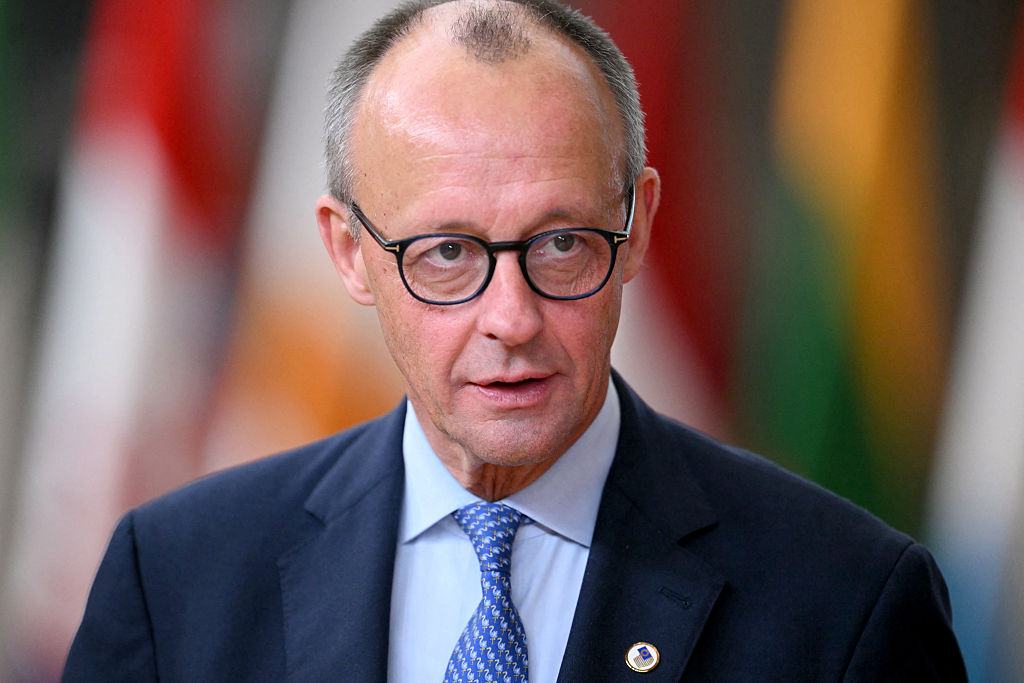 Europe’s new single stock market is no panacea
Europe’s new single stock market is no panaceaOpinion It is hard to see how a single European stock exchange will fix anything. Friedrich Merz is trying his hand at a failed strategy, says Matthew Lynn
-
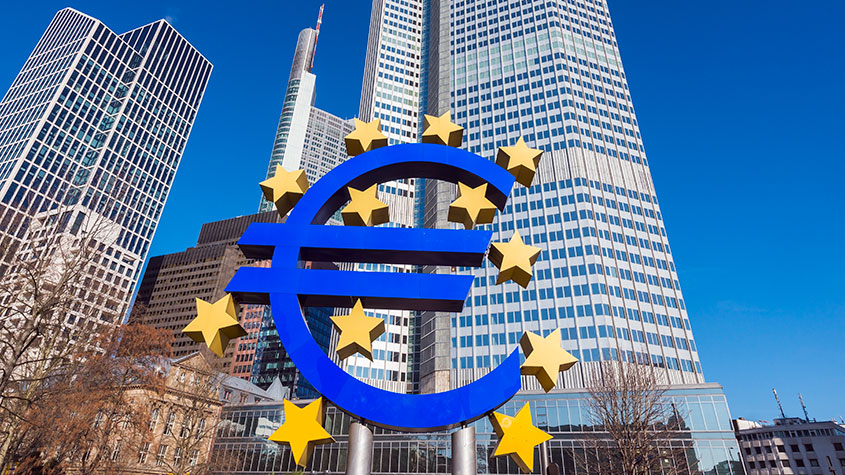 Eurozone inflation hits 10.7% in October
Eurozone inflation hits 10.7% in OctoberNews Inflation across the eurozone hit 10.7% in October. What does it mean for your money?
-
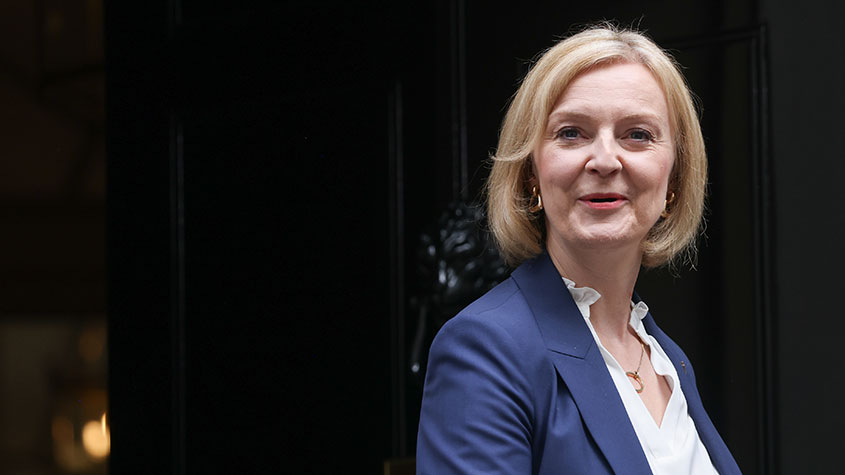 A forgotten lesson on the dangers of energy price caps
A forgotten lesson on the dangers of energy price capsAnalysis Liz Truss’s proposed energy price cap is an ambitious gamble. But a similar programme in Spain ended up being a fiasco, say Max King and Tom Murley. Here, they explain why Truss’s plan could be doomed to failure.
-
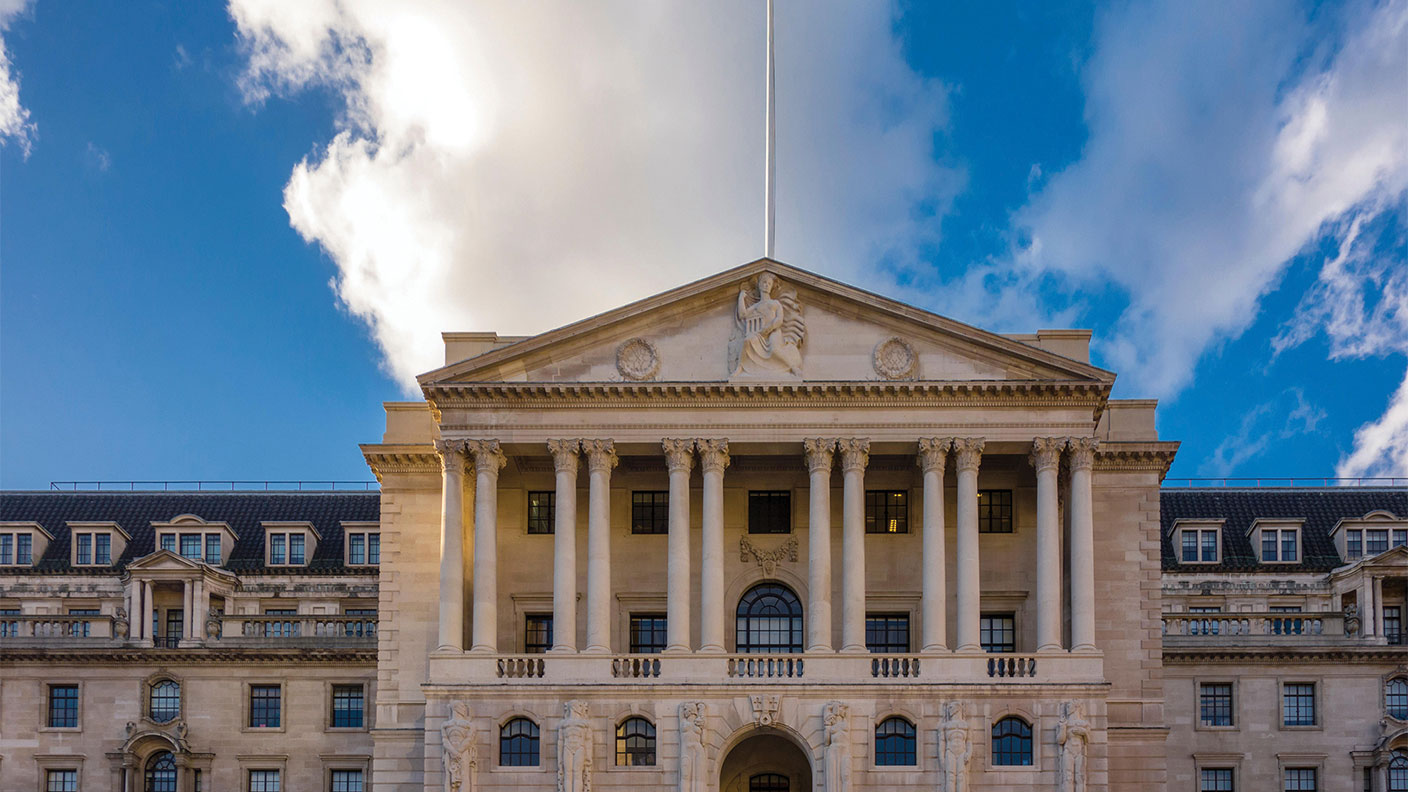 Don't be scared by economic forecasting
Don't be scared by economic forecastingEditor's letter The Bank of England warned last week the UK will tip into recession this year. But predictions about stockmarkets, earnings or macroeconomic trends can be safely ignored, says Andrew Van Sickle.
-
 The wolf returns to the eurozone’s door
The wolf returns to the eurozone’s doorEditor's letter The eurozone’s intrinsic flaws have been exposed again as investors’ fears about Italy’s ability to pay its debt sends bond yields soaring.
-
 Eurozone economy heads for paralysis
Eurozone economy heads for paralysisNews Record high energy prices, the threat of recession in Germany and squabbling in Italy's government has left the eurozone fighting fires on all fronts.
-
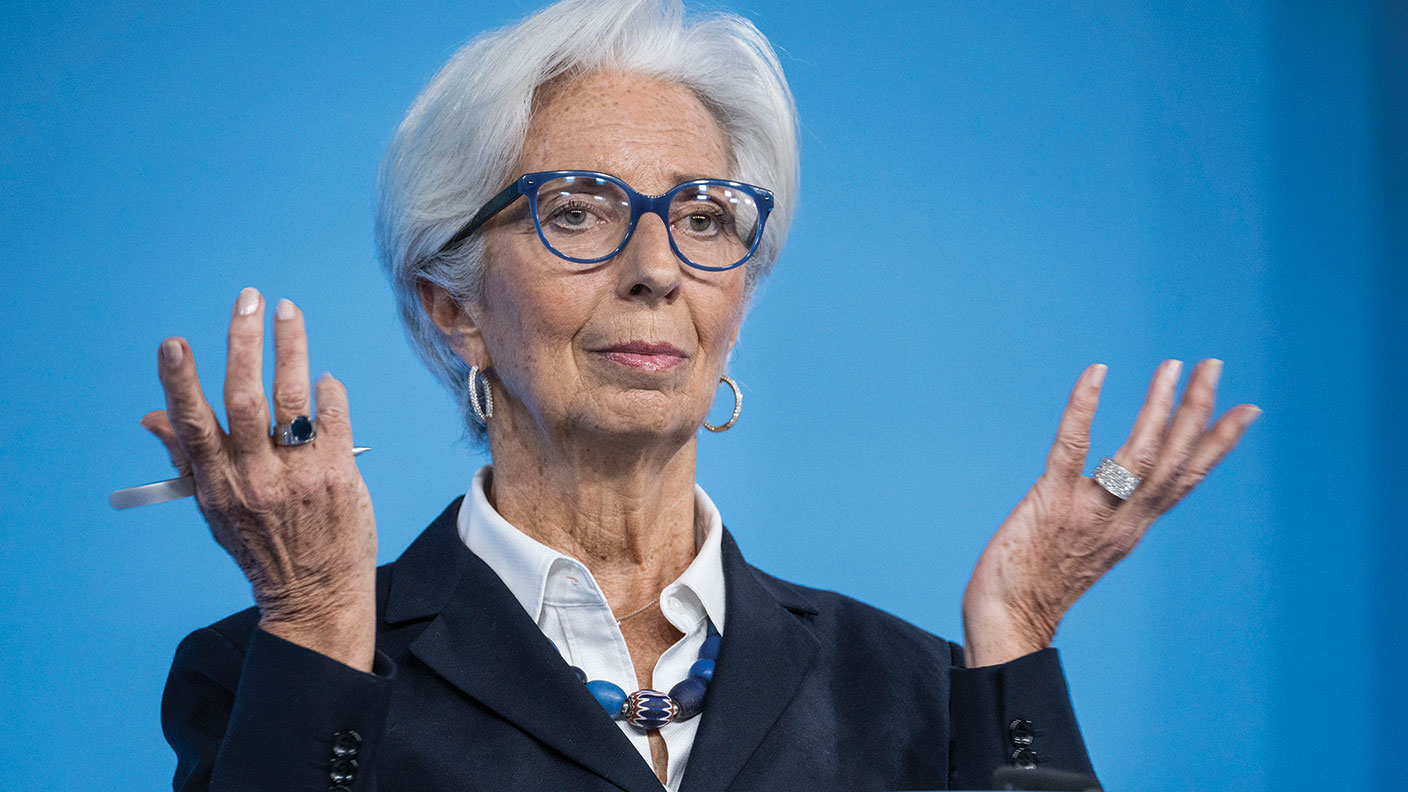 A new headache for the ECB
A new headache for the ECBNews Italy, the eurozone’s third-largest economy, has debt of €2.759trn – almost 150% of GDP. A crisis there would pose an existential risk to the euro.